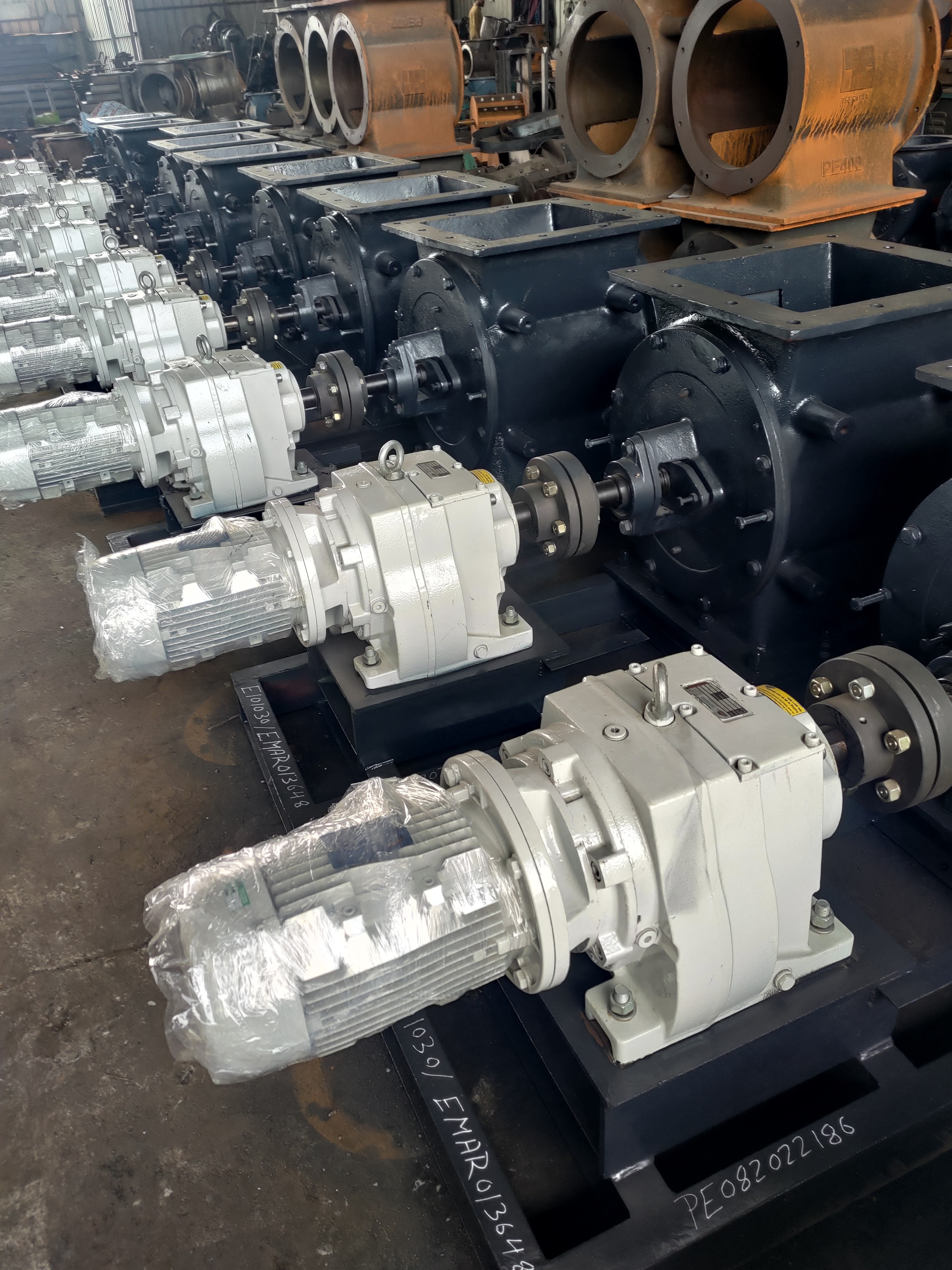Rotary airlock valves are critical components in many industrial processes, particularly in the handling of bulk materials. These valves are designed to control the flow of powders, pellets, and granules in pneumatic conveying systems, dust collection systems, and other material handling applications.
What are Rotary Airlock Valves?
Rotary airlock valves are mechanical devices that are used to control the flow of materials from one chamber to another in a pneumatic conveying system. The valve consists of a rotor that rotates within a housing, creating a seal between two chambers. As the rotor turns, it effectively allows material to flow from one chamber to another, while also preventing air from escaping. This is important in many industrial processes where it is critical to maintain a consistent pressure within the system. Rotary airlock valves are commonly used in industries such as food processing, plastics, cement, chemicals, and pharmaceuticals. They are particularly useful in applications where there is a need to control the flow of materials, as well as maintain a clean environment. For example, in food processing plants, rotary airlock valves are used to prevent contamination of the product, while also controlling the flow of ingredients.
How do Rotary Airlock Valves work?
Rotary air locks, also known as rotary valves, are crucial components in bulk handling systems. They are used to control the flow of bulk materials, such as powders, granules, and pellets, between different sections of the system. Here's an overview of how rotary air locks work:
Structure: Rotary air locks consist of a cylindrical housing with a rotor inside. The rotor has vanes or blades that extend radially from its central shaft. The housing has inlet and outlet ports for material flow.
Material Intake: Bulk material enters the rotary air lock through the inlet port. The rotor is positioned in a way that the vanes create compartments between them as they rotate.
Material Seal: As the rotor rotates, the compartments created by the vanes pass through the material inlet. The compartments fill up with the bulk material, creating a seal between the inlet and outlet ports.
Material Discharge: As the rotor continues to rotate, the compartments carrying the bulk material move towards the outlet port. The material is discharged from the compartments into the desired section of the bulk handling system.
Prevention of Air Leakage: Rotary air locks are designed to maintain an airtight seal between different sections of the system. This prevents air leakage and ensures that the system operates efficiently without any loss of air pressure.
Rotor Speed and Material Flow Control: The speed of the rotor determines the rate of material flow through the rotary air lock. By adjusting the speed, operators can control the flow rate and regulate the amount of material being transferred.
Conclusion
Rotary airlock valves are critical components in many industrial processes. They are efficient, reliable, and versatile, making them an excellent choice for controlling the flow of materials in pneumatic conveying systems, dust collection systems, and other material handling applications. Whether you are working in food processing, plastics, cement, chemicals, or pharmaceuticals, rotary airlock valves are likely to play an important role in your operations.




